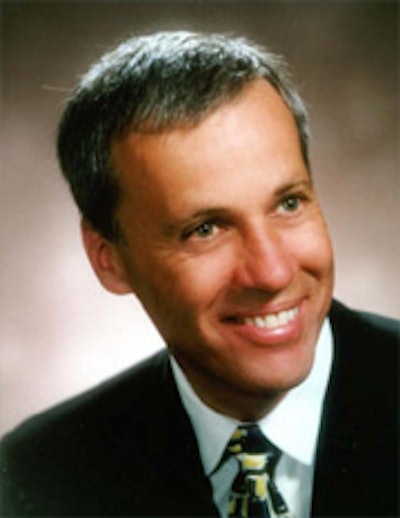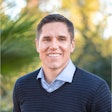
In all the heated debate about the New York Times' recent controversial piece, "Boom Times for U.S. Dentists, But Not for Americans' Teeth," some basic history and economic realities have been ignored.
The boom in the number of dentists in the 1970s (my generation) didn't result in more people getting dental care. Back then, the federal government said we didn't have enough dentists. The result was a glut of dentists and less business for dentists all the way around. It took years to work off the oversupply.
Now the government is saying the same thing. But if we've learned anything, increased availability of a service doesn't necessarily increase utilization. If people can't pay for a service, they won't use it. And if people don't want to pay for a service, they won't value it, either.
The real problem is that federal and state medical assistance programs aimed at helping the underprivileged (and even the lower-middle class) don't come close to covering a dentist's overhead. Are dentists expected to provide medical care at a loss, to essentially subsidize dental care for those who can't afford it? I can't help but agree with Dr. Terry D. Dickinson, the executive director of the Virginia Dental Association, when he said, "Charity is not a healthcare system."
If dental care is truly important (and I wouldn't be a dentist if I didn't think it was), then we all need to step up to the plate -- Congress, state legislatures, and yes, taxpayers. Everyone should contribute to making dental healthcare available to the people most in need. Like attorneys, dentists do plenty of pro bono work. But ultimately, they have to make a living, too.
In Wisconsin, where I practice, the Marshfield Clinic is working with the Family Health Center to set up rural dental clinics to provide care to underserved patients.The only downside? The group doesn't cover Medford, where I practice. (More than 9% of the local population lives below the poverty line, including nearly 13% under the age of 18.) What makes this program possible? Federal grants, higher Medicare and Medicaid compensation, state grants, and more. If the government appropriately reimbursed dentists for their services, there'd be plenty of access to dental care for Americans of all economic stripes. There wouldn't be a need for dental "therapists."
Dentists are healers -- compassionate, civic-minded men and women who are dedicated to helping their fellow citizens. But we're not doormats. It's up to our elected representatives -- who, to date, have shown little backbone -- to tackle the inequities in American healthcare, and to come up with the bucks to make it happen.
Kim Gowey, D.D.S., practices in Medford, WI. He is a past president of the American Academy of Implant Dentistry. He was on the continuing education faculty of Howard University School of Dentistry's Implant Maxicourse, and Baylor College of Dentistry.
Copyright © 2007 DrBicuspid.com















